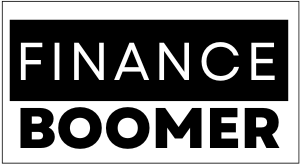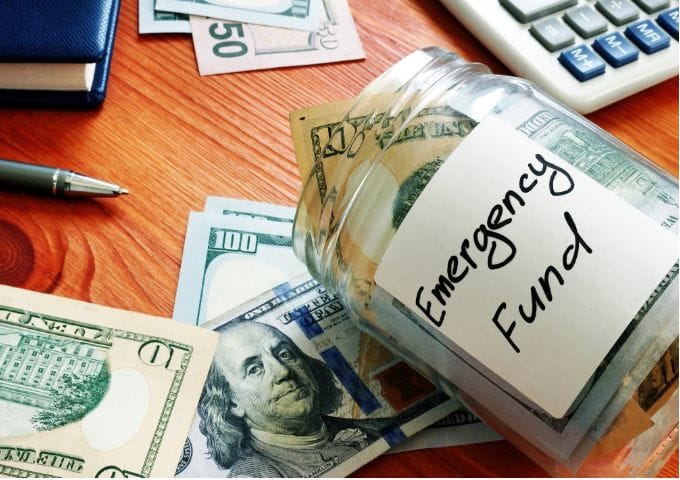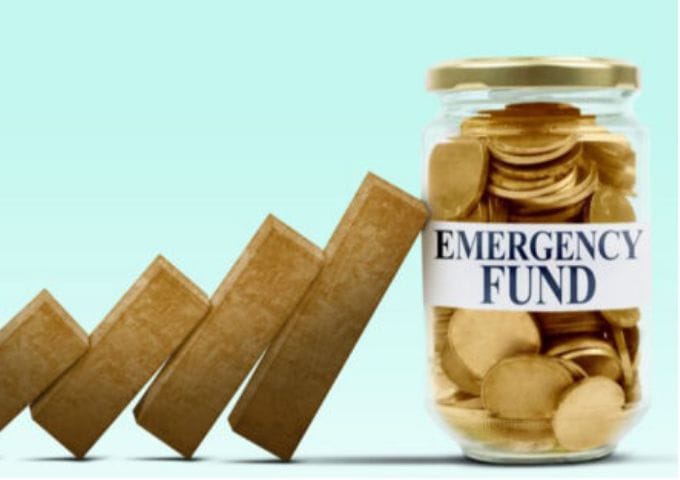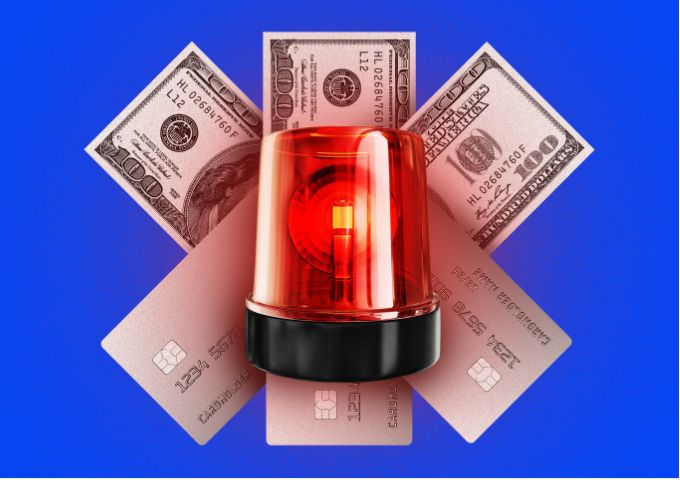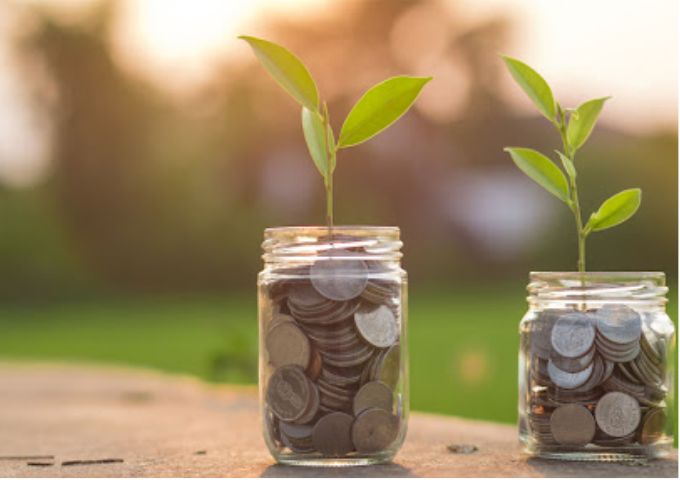Fundamentals of FI: What Is An Emergency Fund & Do You Really Need One?
Contrary to popular belief, the idea of an emergency fund is more complicated and sophisticated than you may think. The conventional definition of an emergency fund is a sum of money placed aside in a savings account. This account usually sits at your bank and earns a very low interest rate (maybe as low as 0.01%). You have access to the money whenever you need it. Having roughly six months’ worth of expenses in this fund is advised by the majority of personal finance gurus. For instance, you would require about $25,000 in an emergency fund if your yearly expenses were $50,000. The advice of numerous financial experts is that your primary objective should be to set up $25,000 for emergencies.
The Importance of Having Savings and Wealth
There is some wisdom in this advice, particularly in the idea that you need to build savings, wealth, and investments. Living paycheck to paycheck is unsustainable if you aim for financial success. It’s essential to save money every month. This should be your primary goal when working towards financial independence. However, many people may not actually need an emergency fund that sits idle, especially not one with six months’ worth of expenses. It’s important not to confuse having savings with just accumulating a stagnant emergency fund.
The True Goal: Financial Independence
While having $25,000 in an emergency fund may be a good short-term goal, the ultimate objective should be financial independence. This means saving and investing 25 times your annual expenses, which in the $50,000 example would amount to $1.25 million, far beyond the $25,000 emergency fund recommended by experts. For anyone who has no savings or assets, starting with $1,000, $2,000, or $5,000 in savings will be life-changing. The key is to ensure you save every month by cutting unnecessary expenses and increasing your income.
Building a Basic Emergency Fund: Starting Small
The first thing to do for people who don’t have any savings is to put $1,000 to $5,000 into an emergency fund. Your stress level might be much decreased by this first buffer, particularly if you’re living pay cheque to pay cheque. It would be a big burden if you had no assets and you had a tiny problem, like a $150 flat tyre. If you have savings, though, these costs stop becoming emergencies and become little annoyances.
Increasing Your Emergency Fund Capacity
When you have an emergency fund of $5,000 or $10,000, you should review your financial plan.Instead of letting that money sit idle, it’s critical to invest it. This most usually entails making investments in broad-based, inexpensive index funds, such as the S&P 500 Index Fund or the Total Stock Market Index Fund. The best strategy to increase your net worth over a thirty to fifty year period is this one. Long-term growth rather than temporary stagnation is the aim.
The Opportunity Cost of an Idle Emergency Fund
Letting $25,000 sit in a savings account for decades is a missed opportunity. By using the Rule of 72, we can estimate that money invested with an 8% annual return would double every nine years. So, after nine years, $25,000 would become $50,000, then $100,000 after 18 years, $200,000 after 27 years, and $400,000 after 36 years. This demonstrates the opportunity cost of allowing money to sit idly rather than compounding and growing over time.
Reevaluating What Constitutes an Emergency
Once you have assets, it’s important to consider what truly constitutes an emergency. If you have a net worth of $100,000, what could require you to need more than $5,000 or $10,000 in a single day? In many cases, you can handle emergencies by putting expenses on a credit card, giving you a grace period to transfer money or sell assets to pay off the bill. With modern banking, transferring money is quick, often within three business days. Thus, it’s difficult to imagine a scenario where you would need a large amount of cash immediately.
Maximizing Assets for Financial Independence
In summary, having assets, a strong savings rate, and a growing net worth are critical components of financial independence. While having some money set aside for emergencies is important, you don’t need to have a large, inactive emergency fund. It’s essential to strike a balance between having cash on hand for emergencies and investing for long-term financial growth.
Personal Approach to Managing Cash Flow
For full transparency, I personally keep about $5,000 in my checking account as a buffer because it lowers my stress levels. One of the most important aspects of managing your financial life is setting it up in a way that reduces stress and runs on autopilot. For some people, this means having extra money available, while others are comfortable with little to no extra cash in their checking account because they know exactly what’s coming in and going out.
Conclusion: Tailoring Financial Strategies to Your Needs
Personal finance is always private. It is crucial to consider your financial circumstances and approach instead of blindly adhering to cliches like setting aside six months’ worth of spending. The important thing is to make sure you are investing for long-term financial stability while preserving short-term peace of mind, regardless of whether you choose to keep a little emergency fund or go more aggressive with your investments.
FAQs: Fundamentals of FI: What Is An Emergency Fund & Do You Really Need One?
1. What is a fund for emergencies?
A savings account that contains a predetermined sum of money that you may easily access in the event of unforeseen financial circumstances is known as an emergency fund. It usually pays out with minimal interest and is intended to cover unforeseen costs such as unexpected medical bills, auto repairs, or job loss.
2. How much cash should I set aside for emergencies?
The majority of personal finance authorities advise setting aside money for three to six months’ worth of living costs. For example, an emergency fund of roughly $25,000 would cover your yearly expenses of $50,000. However, depending on individual circumstances and risk tolerance, this number may differ.
3. Is an emergency fund truly necessary?
An emergency fund may not need to be as big as six months’ worth of spending, even if it is necessary to prevent financial hardship during unanticipated circumstances. It could be wiser for people who want to become financially independent to balance investments with an emergency fund that will increase in value over time.
4. Should I put investing or emergency fund building first?
It’s a good idea to start modest with a $1,000 to $5,000 emergency fund if you don’t have any savings. After you have that buffer, it’s usually wiser to concentrate on long-term wealth growth through low-cost, broad-based index fund investments.
5. Why not just keep 6 months’ worth of expenses in savings?
Keeping large amounts of money idle in a savings account can have a significant opportunity cost. Money sitting in a savings account typically earns very little interest, missing out on the potential growth that could be achieved through investments like index funds.
6. How much of an opportunity does owning a sizable emergency fund cost?
Compound growth can be achieved by investing your money rather than keeping it in a low-interest savings account. For instance, your money may double roughly every nine years at an 8% annual return. When opposed to letting the money remain idle, this might dramatically raise your net worth over several decades.
7. What is a more sensible way to save money for emergencies?
You can invest the remaining funds and keep a smaller emergency fund, say $5,000 to $10,000. In this approach, you may allow most of your money to grow and compound over time while still having quick access to cash for emergencies.
8. Can I use a credit card instead of an emergency fund?
In some cases, emergencies can be handled with a credit card, giving you time to pay off the expense before the end of the billing cycle. This can serve as a short-term solution while you liquidate investments or transfer funds. However, this should be done cautiously to avoid accumulating high-interest debt.
9. How do I decide what constitutes a real emergency?
A financial emergency is any situation that requires immediate funds and cannot be delayed or planned for, such as medical bills, car repairs, or job loss. Once you have significant assets or a net worth, many expenses that would otherwise be emergencies may no longer require immediate cash.
10. What role does managing an emergency fund have for personal finance?
Personal money is really unique. While some people may prefer to have additional cash on hand for peace of mind, others would feel more at ease with a smaller emergency fund or none at all. To figure out what works best for you, it’s critical to evaluate your personal financial condition and risk tolerance.
11. How does having an emergency reserve vary from being financially independent?
A short-term safety net for unforeseen circumstances is an emergency fund. But having enough cash and assets to pay for all of your living costs without the need for active income is the ultimate goal of financial independence. Compared to an emergency fund, this demands a lot more saves and investment.
